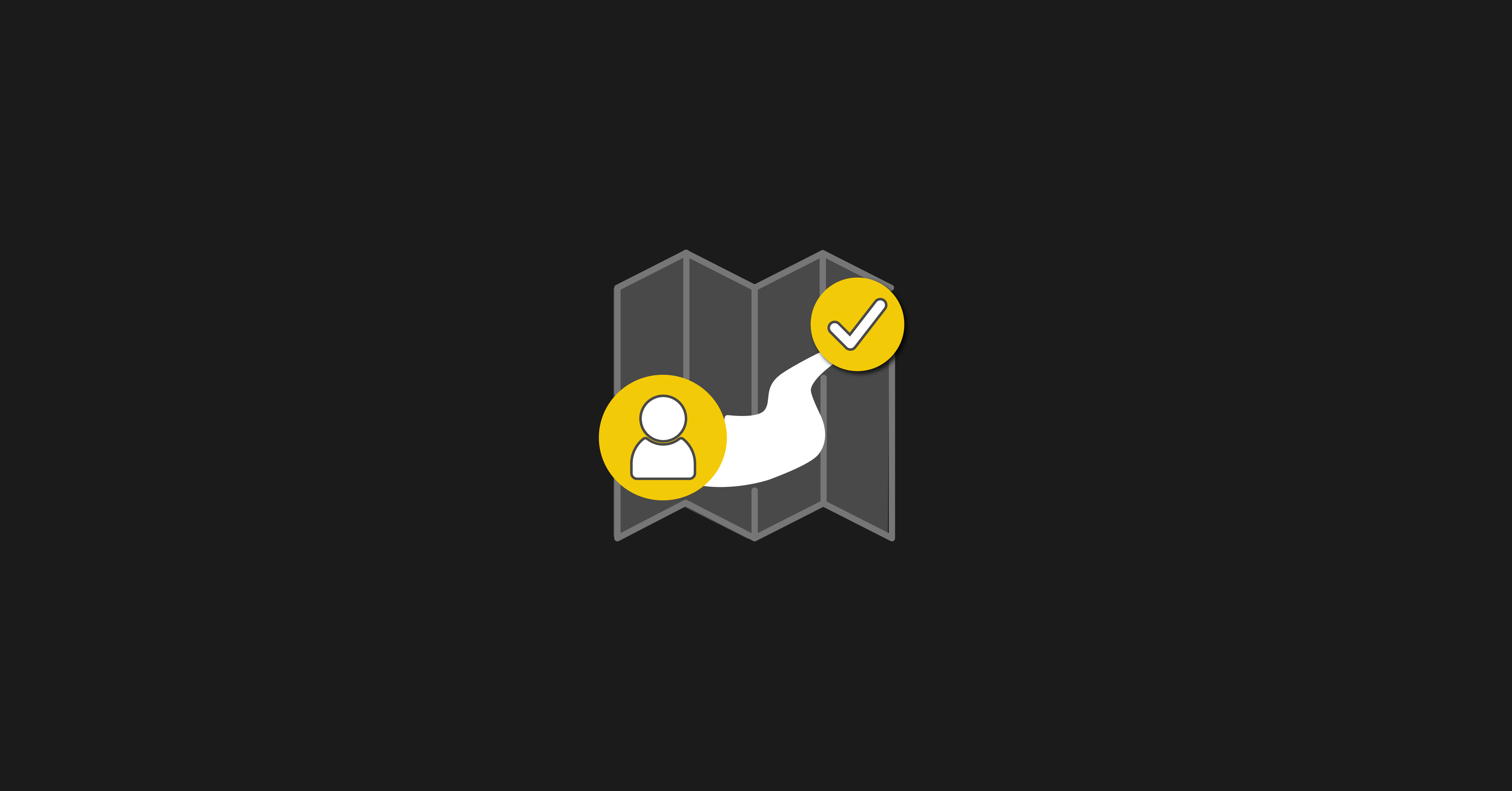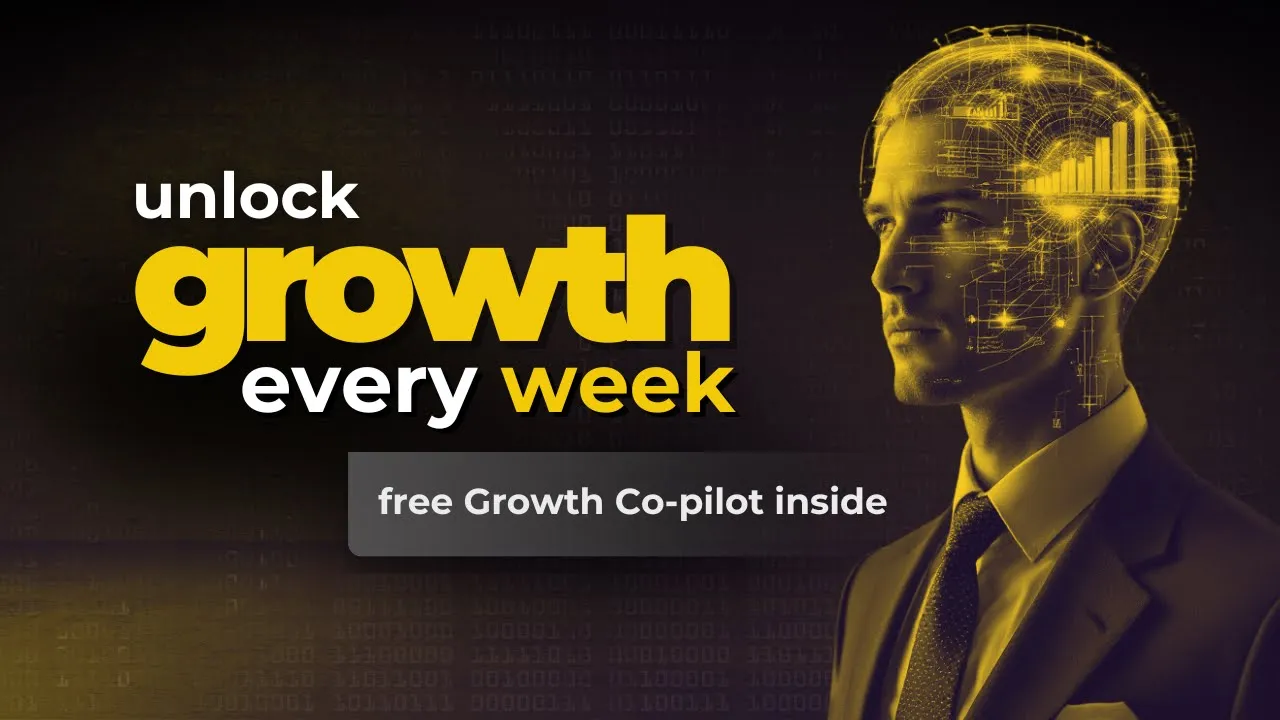.png)
Customer satisfaction is an essential factor that dictates whether a business is going to triumph or not.
With so many competitors in the race to snatch away your target users, it’s time that you provide customers with the best possible services and tools.
And self-service support tools are one of the most effective ways to do so.
These SaaS content marketing tools (think video lectures, text files, documents, and guides) are not just used by your customers when they face problems with the software or services. They also help users become more aware and informed about the product itself.

This article will show you how self-serve education not only saves you money, but it also creates a happy, delighted customer base. It touches on:
- Why you should care
- How to think about these tools
- The importance of using proactive help and support
- Why you should focus on segmentation and personalization
- Best tips for creating educational content
Why you should care
So why are self-service tools so important for any business or company?
This is mainly because of two motivating factors:
- Unit Economics (internal motivation)
- Consumerization of IT (external motivation)
Let’s dive into each of them a bit.
1. Unit Economics (internal motivation)
The internal motivation for building self-service help tools is Unit Economics. For startups, everyone in the organization needs to understand its unit economics.
Let's take a look at an example.
Imagine it costs you about $1,000 to acquire a new customer–either by running ads or paying marketers and sales reps. If your product costs them $100/month, then it's going to take at least 10 months to break through your customer acquisition costs. On the 11th month, you'll finally make a profit of $100 off that customer.
We know that in business, the aim is to reach profitability faster. So what can we do?
Let's consider another example.
Suppose a customer needs to call your support team and talk to your services team six times over those 10 months. And say, each time they call customer support, it costs your company $20.
This means you've just pushed back that profitability goal by a whole month (possibly more). Imagine the number of times your support team has to provide the same advice to different customers day in and day out.
If you could just replace these support tickets with a piece of documentation, such as an informative article, or even a video, imagine the number of resources you're going to save.
Self-education tools can dramatically improve the profitability of your company by keeping those support tickets at bay, while also keeping your customers from having issues in the first place.
2. Consumerization of IT (external motivation)
Consumerization of IT is the external motivation for building self-service help tools. It's an approach to developing products and services while focusing on the end user as an individual consumer.
Nowadays, companies are focused on creating intuitive and easy-to-learn, consumer-oriented design software. If the end product is not user-friendly and easy to learn or understand, no one is going to use them. Can you imagine Facebook surviving, if you had to spend two hours learning how to use it?
The goal is to make software or apps that are super easy for users to learn. This enables the customers to be self-dependent, as they can self-educate themselves by trying to evaluate the product on their own.
Some companies implement product tours to show users around:

Others have experts and implementation specialists to help their customers learn the software, and walk them through the ins and outs of it. Or it's a mixture of both.
But with time, these employees might leave or be replaced by new ones. Next thing you know, new people are joining that team. And they might need some way to learn the software themselves. This puts you at high risk because nobody can provide information or guidance to your customers anymore.
So self-education tools not only help you democratize education among customers but also among team members as well.
How to think about these tools
Self-service education tools help resolve problems. They guide users throughout the implementation process of a software application.
When you’re creating these tools, you need to be strategic about it:
Confidence Building: When developing educational content for your customers, focus on building confidence in them. This is imperative. You have to enable them to believe they can learn and use the program or software on their own.
Having a growth mindset is helpful for customers who intend to learn technical skills. So you need to enable your self-service education tools to not only teach your customers tactics but also build their confidence and make them feel like they can do it.
Easy to Understand Content: The content you create for your products and services are very different from the content you place on a website or blog. You're creating tools that enable your users and customers to self-educate and teach themselves some really twisted, technical topics. So you need to be very careful to use the correct words and language that is easily understood by your target customers.
For example, Chameleon uses plain language in a series of articles intended to share how to use its product.

Progress with Change: The software or products we develop eventually changes with time–or are completely replaced by new ones. With these changes, it becomes essential for companies to ensure the information regarding these products and their use is provided to the users at the right time. This can be done with the guidance of new product help videos, along with lectures to guide the users.
The importance of using proactive help and support
Self-service education tools serve a purpose for both your happy and unhappy customers. They’re not just used by them when they have blockers and problems. They’re also proactive help and support
The idea is to solve the problem before it even becomes a problem.
To help you determine what these problems are, you need data. Data comes from customer research. Leverage your customer support teams to learn the problems and complaints they keep hearing about your product.
Remember your support team is this amazing feedback mechanism, for both your product team (who help in building intuitive user experiences and keeping users from being blocked) and your self-service education team (who help them define what content to create).
A great example of proactive customer support is when you have a package that's arriving late from Amazon, and they tell you in advance that it's going to be late. Before you even ring them up to ask, “where's my package?” you've already been told it's going to be late.

Actions like this save Amazon millions of dollars on support tickets because they're being proactive. They've collected enough data to know when they need to tell their customers about it.
Why you should focus on segmentation and personalization
Like most marketing tools, segmentation and personalization are extremely important. You must be thorough about which content is shown to whom and at what stage.
For example, new users of Zoom receive tip usage emails that also link to a quick 1-minute video teaching them how to use a certain feature of the product.

Creating and storing separate content for different customers and their different needs comes in handy while trying to enhance their learning experiences.
Try to collect more data and information about the interest of your users to personalize their learning experience and teach them efficiently.
Best tips for creating educational content
Video content is one of the best ways to teach your customers about your products and services. At the same time, it can be a high-risk game because of its relatively difficult process to undo an update once recorded.
Here are the 5 tips that'll help you develop your self-educational video content in the best possible way:
1. Documentation
When it comes to creating help content for your self-education tools, be sure to document the process.
Initially, you may be very confident about handling it all, but as the company evolves, you need to write everything down. It needs to be detailed too, so the next person who comes in knows how it’s done and doesn't make the same mistakes you did.
Documentation not only helps you improve your processes over time, but it also helps in keeping your content consistent. And that's very important when it comes to self-education tools.
2. Measurement
Analyze the stats and measure the success of your content. It's very easy to fall into the vanity metric game where you're counting views or even completion rates. But instead, you should focus on measuring the behavioral change you can correlate to users who watch your course.
Study the statistics and improve your content based on how customers have reacted.
3. Up-to-date content
If you intend to keep your system valuable, keeping the content up-to-date is key. You cannot expect your customers to be interested in your products and services with the help of the same old-school tactics.
Remember, you have high competition and if you're not doing your best then someone else will. Software is changing and getting more complex, so you need to be agile to survive the race. Hence, keeping content up-to-date is super important, especially the self-education videos.
4. Accessibility
Accessibility is what differentiates you from your competitors. If a software application is not accessible to all users, then there's no point in developing it in the first place. Content needs to be accessible as well. You can't possibly use a machine if it doesn't come with instructions and manuals. Think of your self-service education tools as part of your software package. Only then will you be able to provide complete customer satisfaction.
5. Delight
Given that you provide your customers with the best quality products and services, they can be your biggest unpaid-marketing team. No matter if they had a good or bad experience with your product, they are going to talk about it. So to make sure the marketing is positive, provide users with delightful customer education.
Key Takeaway
When it comes down to self-service tools, you have to think about it as a place where users want to become experts as well. HubSpot Academy gives users a place to learn about the product, but it’s also somewhere where they can enhance their careers as well.

If you think about these tools as something to serve someone, both when they are having problems, along with when they are happy, then you can build much happier, more delighted customer bases.
Take Your Business to the Next Level with Educational Content Marketing
With self-service education tools, it’s easier to provide your customers with the information they’re seeking. This improves your engagement rate and bounce rate, which increases the likelihood of them converting into or sticking around as a paying customer. And of course, it shows your dedication to customer service.
What cues can your brand take from HubSpot and the other examples above? Are there any self-service education tools you can use to better serve your audience?























